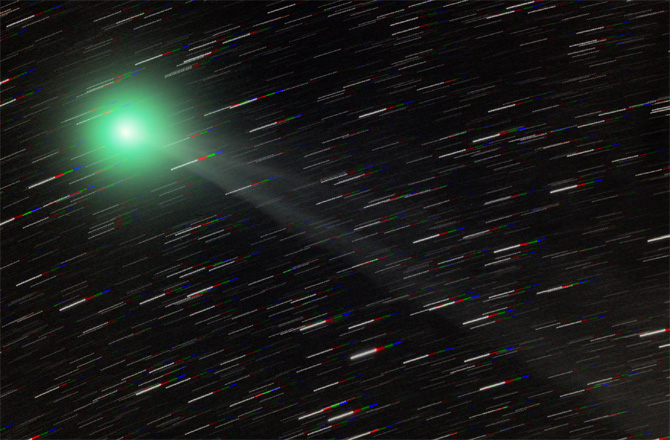OF THE
TIMES
A nation that continues year after year to spend more money on military defense than on programs of social uplift is approaching spiritual doom.
George never actually fessed up that he cut down a cherry tree.[Link]
It seems to me - century old cherries must have value - did Washington anticipate this - that ole French - Indian war commander? If so, sons of...
I got my own personnel assets been "confiscated" by these mother fucker - "RSX" out of Van-Eck and mother fuck them - if you steal from a pirate...
I would have eaten a cherry and tried a shot of the brine too!
Just another psyops/hoax, move along nothing to see here.
To submit an article for publication, see our Submission Guidelines
Reader comments do not necessarily reflect the views of the volunteers, editors, and directors of SOTT.net or the Quantum Future Group.
Some icons on this site were created by: Afterglow, Aha-Soft, AntialiasFactory, artdesigner.lv, Artura, DailyOverview, Everaldo, GraphicsFuel, IconFactory, Iconka, IconShock, Icons-Land, i-love-icons, KDE-look.org, Klukeart, mugenb16, Map Icons Collection, PetshopBoxStudio, VisualPharm, wbeiruti, WebIconset
Powered by PikaJS 🐁 and In·Site
Original content © 2002-2024 by Sott.net/Signs of the Times. See: FAIR USE NOTICE

It's not Ethane causing the green color!
Ethane was first synthetically created in 1834 by Michael Faraday, applying electrolysis of a potassium acetate solution. He mistook the hydrocarbon product of this reaction for methane, and did not investigate it further.
Ethane is a colorless, odorless gas, and burns shiny BLUE!
But....
Boron is a chemical element with chemical symbol B and atomic number 5. Because boron is produced entirely by cosmic ray spallation and not by stellar nucleosynthesis, it is a low-abundance element in both the solar system and the Earth's crust. Boron is concentrated on Earth by the water-solubility of its more common naturally occurring compounds, the borate minerals. These are mined industrially as evaporites, such as borax and kernite.
Chemically uncombined boron, which is classed as a metalloid, is not found naturally on Earth. (I love that statement)
And it burns a nice green color!
Duh!